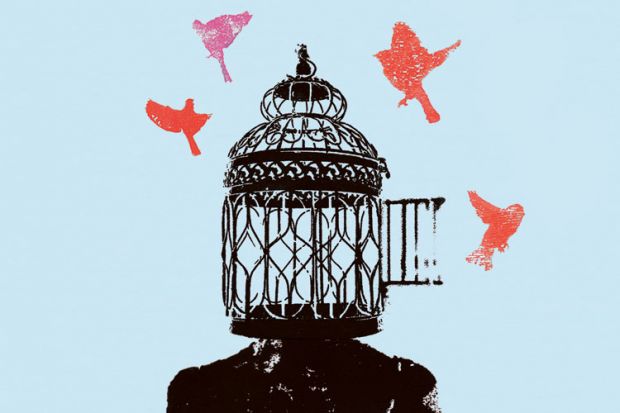Imagine a university’s first graduation ceremony without the presence of its inaugural president and his successor, with few reporters present and all the entrances guarded.
Compared with the commotion that surrounded the establishment of the South University of Science and Technology of China (SUSTC), and then its opening in 2011 as the country’s first university operating outside key national strictures, the institution’s inaugural graduation ceremony on 9 January was a deliberately low-profile event.
In 2011, when SUSTC was not among the hundreds of universities listed by the Ministry of Education as eligible to recruit undergraduates, it boldly enrolled 45 students who had not participated in the gao kao, the national college entrance exam.
At the time, a ministry spokesman disapprovingly announced that “the precondition of any reform is to run the college according to the law, to adhere to the nation’s fundamental education system and to protect legal rights of the students with institutional arrangements”.
In response, SUSTC students declared in an open letter that they would not take the gao kao: “We are steadfast in our choices, and we fully believe that the future of SUSTC is promising.”
For Zhu Qingshi, the university’s first president, SUSTC is an ambitious institution seeking to break down bureaucratic barriers. It is modelled on the Hong Kong University of Science and Technology and aims to become a first-rate research university. Its key innovations include independence in enrolment and curriculum design.
In April 2012, SUSTC finally won approval from the ministry. By then, the first cohort of 45 students had already spent almost a year there.
Of that initial class, four dropped out, two graduated early and went overseas for postgraduate study, and five postponed graduation. Among the 34 students applying to overseas universities for postgraduate study, 17 have received offers from institutions including the universities of Yale, Oxford and Cambridge.
On the one hand, the high percentage of SUSTC graduates pursuing advanced study abroad proves that testing the model of a research-oriented university was a success. However, their interest in overseas options might also a response to the stance the ministry adopted in 2012. It acquiesced to SUSTC’s independent student enrolment, but said there would be no future accreditation of its degrees.
SUSTC eventually retreated from its position: its students are now required to take the gao kao, and any diplomas awarded from 2016 will be accredited by the ministry. Its new president, Chen Shiyi, former vice-president of Peking University, took office in late January, almost two weeks after the graduation ceremony.
So is SUSTC a successful challenge to the system, or has it had to assimilate into the system that it had hoped to escape? In an interview with China National Radio, Professor Zhu said that he was not invited to the graduation ceremony. After the event, he wrote to graduates and their parents, saying: “Please don’t thank me. These kids are the real heroes and the ones who benefit most.”
He added that “the biggest problem in Chinese education is shaping each student with a uniform template…but the imprint these kids bear is that they are very different”.
Register to continue
Why register?
- Registration is free and only takes a moment
- Once registered, you can read 3 articles a month
- Sign up for our newsletter
Subscribe
Or subscribe for unlimited access to:
- Unlimited access to news, views, insights & reviews
- Digital editions
- Digital access to THE’s university and college rankings analysis
Already registered or a current subscriber? Login

